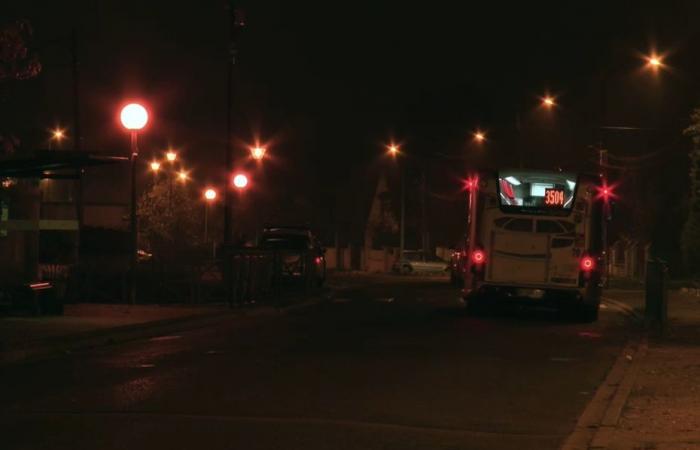
Direction Saint-Pierre-les-Nemours, in Seine-et-Marne. The town is replacing its old energy-consuming and poorly lit street lights. Three neighborhoods will benefit as part of its public lighting replacement plan. The objective: to respect a decree which protects wildlife.
The essentials of the day: our exclusive selection
Every day, our editorial team reserves the best regional news for you. A selection just for you, to stay in touch with your regions.
France Télévisions uses your email address to send you the newsletter “Today’s essentials: our exclusive selection”. You can unsubscribe at any time via the link at the bottom of this newsletter. Our privacy policy
Night falls on Saint-Pierre-les-Nemours (Seine-et-Marne), in the southeastern suburbs of Paris. On this street, a few street lamps with lighting enclosed in a ball. They faintly illuminate the roadway.
These lights are obsolete and will gradually disappear from the landscape. They will be replaced by more efficient equipment, with LEDs, or light-emitting diodes. A change like what the neighboring town of Nemours-Saint-Pierre (Seine-et-Marne) is doing.
As of January 1, 2025, no boules will be allowed. This is the last part of a wildlife protection decree, which comes into force. Municipalities are rushing to meet standards.
“There is an acceleration with the start of the year coming up. This allows us to transform a project that was in the drawers and which is finally coming out. The replacement of mercury balls is going very quickly, and above all we will save energy“, relates Laurent Lubrano, general director of Fontroche Lighting.
An economic argument which encouraged the municipality to switch to modern lighting. “The double objective was achieved to ensure the safety of our citizens and then to completely reduce our energy bills and a third with this preservation of the environment and ecology.“, summarizes Valérie Lacroute, mayor (Les Républicains) of Nemours.
New regulations obtained, thanks to the long fight of environmental protection associations to promote the nocturnal life of animals.
“We are happy that there is this framework which is very technical but which finally allows us to take action and limit light pollution. The new battle for associations now is to enforce this regulatory framework, mainly because the supervisory authorities are not doing their job of sanctioning them.“, assures Maxime Colin, light pollution specialist for France Nature Environnement (FNE).
It remains to convince the private sector to respect the regulations. It sometimes continues, despite the restrictions, to maintain lighting during the night.
- -




